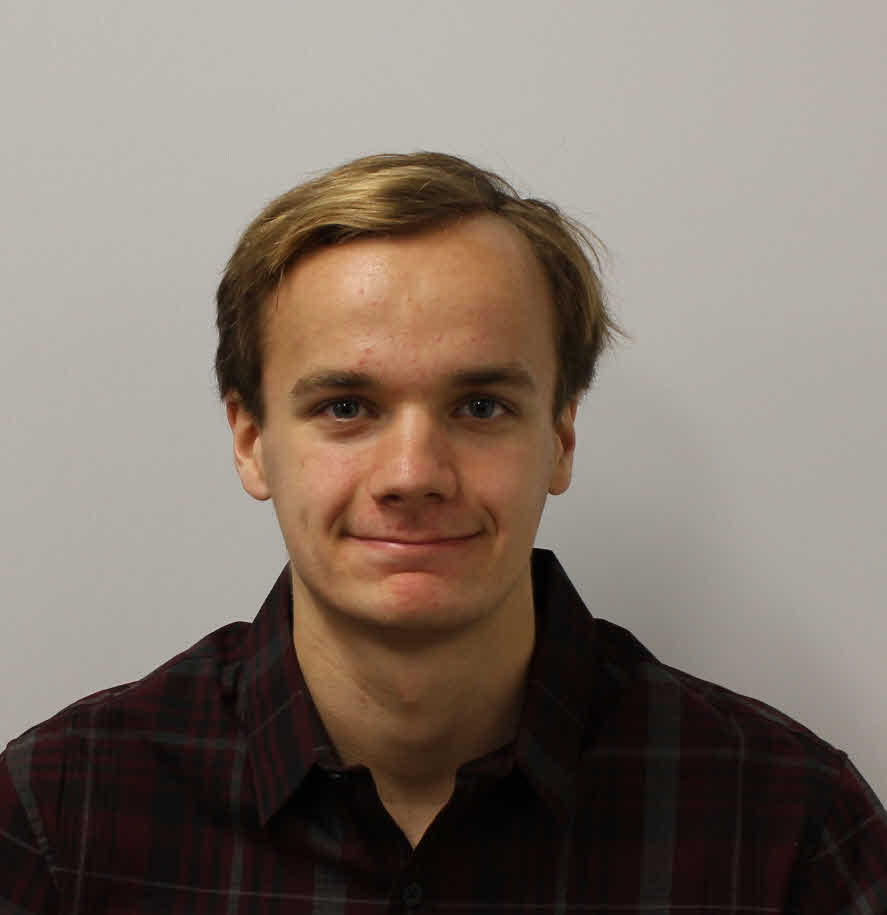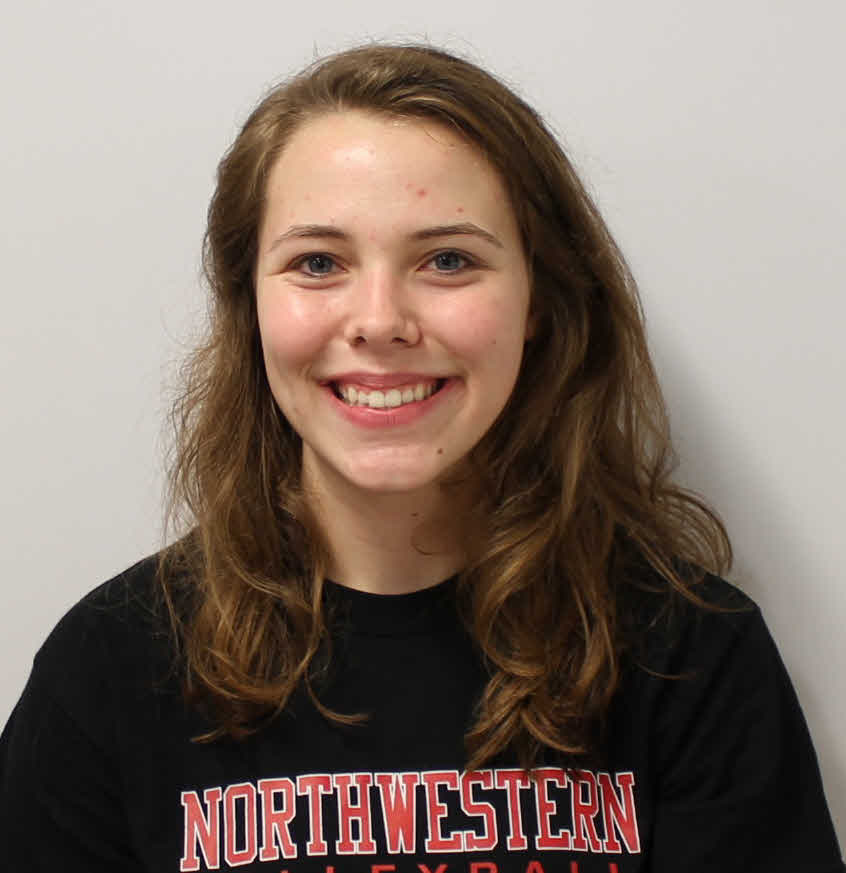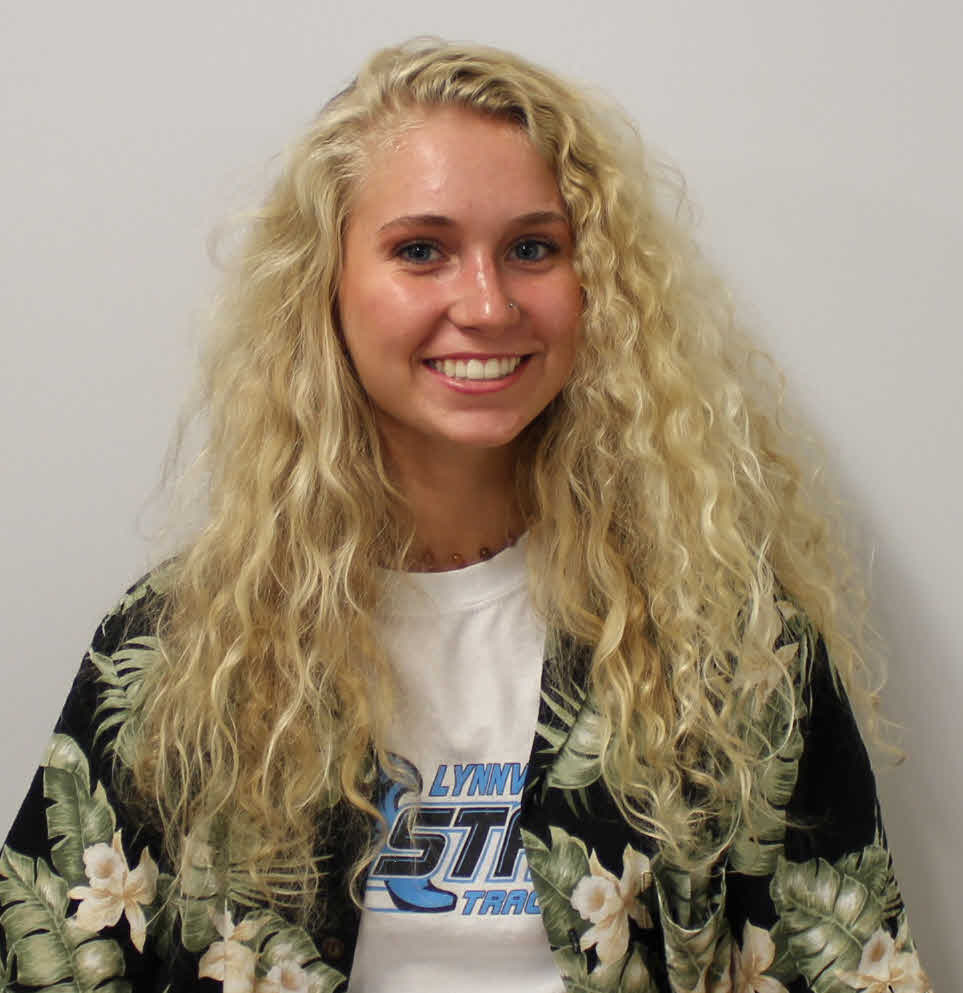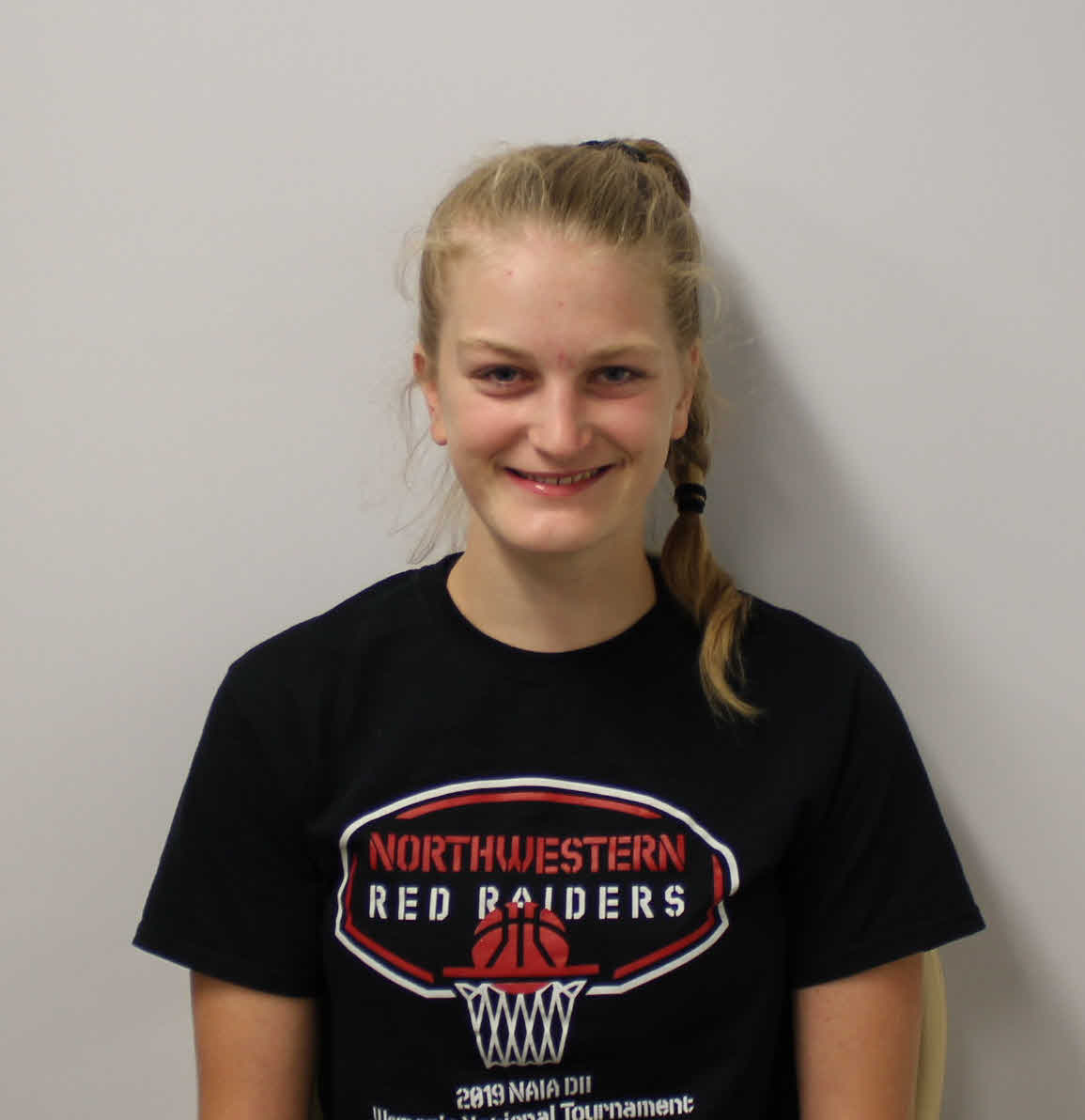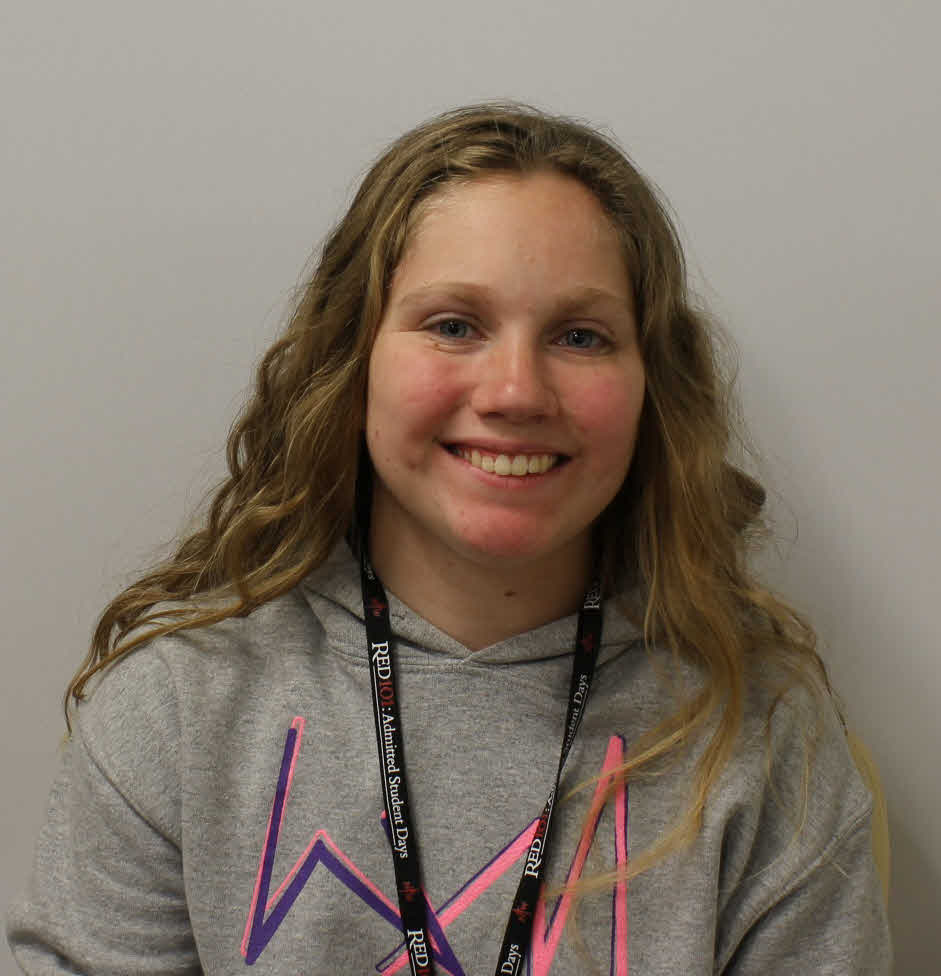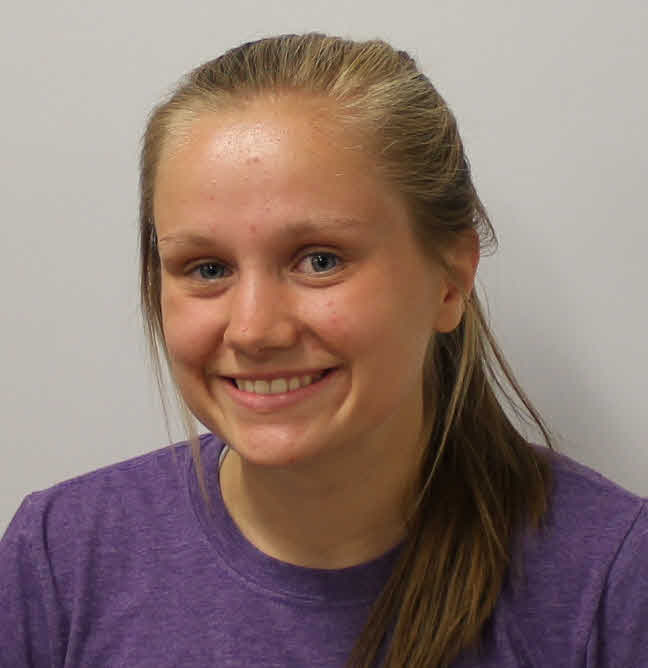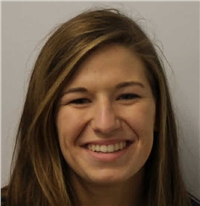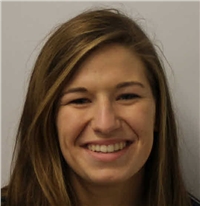Below is a summary of the abstract you submitted. Presenting author(s) is shown in bold.
If any changes need to be made, you can modify the abstract or change the authors.
You can also download a .docx version of this abstract.
If there are any problems, please email Dan at dar78@pitt.edu and he'll take care of them!
This abstract was last modified on March 15, 2021 at 12:03 p.m..

We annotated the genomes of three recently discovered bacteriophages to learn more about their genetic composition. MScarn is a lytic bacteriophage that infects Gordonia terrae 3612. It was discovered and purified from soil collected in Iroquois, SD. MScarn is a cluster CT phage, one of only 37 discovered to date. Its genome is 45,677 base pairs long and has 10-nucleotide 3’ sticky overhanging ends. Its GC content is 60.3% which is typical of CT cluster members. Knocker is a cluster B9 phage that was isolated on the host Mycobacterium smegmatis mc²155 from soil collected in Watertown, SD. Its circularly permuted genome contains 71,459 base pairs, and it has a high GC content of 69.7%. Similar to the other three members of the B9 cluster, it exhibits a lytic life cycle. Neos5, a lytic bacteriophage, was also isolated on Mycobacterium smegmatis mc²155 from soil collected in Baltimore, MD. It is a cluster B3 phage with a circularly permuted genome of 68,886 base-pairs and a 67.5% GC content, synonymous to the other 37 members of the cluster. All three phages were discovered, purified, and annotated by Northwestern College students.

